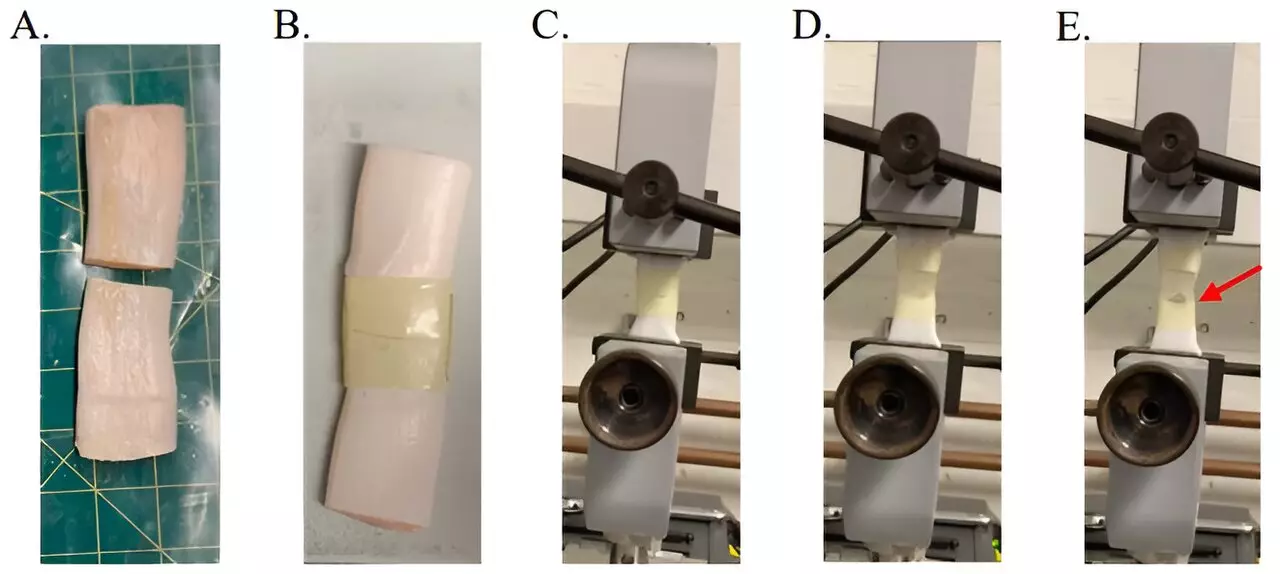In a groundbreaking pursuit toward eco-sustainability, a team of bioengineers at the University of California, Berkeley, has made significant strides in the creation of novel adhesive polymers. Their compelling findings, published in the esteemed journal *Science*, illuminate a method that harnesses the properties of an electrophilic stabilizer to inhibit the decomposition of a specific fatty acid, thus extending its utility as an adhesive. This innovative approach, detailed in the complementary Perspective by chemist Zhibin Guan from UC Irvine, underscores the vital role of polymer adhesives in diverse industries while addressing their environmental implications.
Traditional polymer adhesives have largely been engineered for niche applications, leaving gaps in versatility and ecological responsibility. Typically, these adhesives cater to specific purposes—be it bonding wood or constructing multi-material assemblies—but fall short of universal application. Compounding this issue, many commonly used adhesives pose significant dangers to ecological systems, adversely affecting both flora and fauna. Such drawbacks have triggered urgent calls within the scientific community for more sustainable solutions, marking a pivotal moment in the journey toward eco-friendly materials.
Harnessing Nature for Sustainable Solutions
With a clear goal in mind, the research team explored the potential of polymers sourced from alpha-lipoic acid (αLA), a naturally occurring fatty acid known for its degradability. Their decision to utilize αLA sets the stage for an array of adhesives that are not only versatile but also backed by the principles of sustainability. By employing an electrophilic stabilizer, they successfully prevented the breakdown of these polymers, enabling the development of a cohesive family of adhesives that are ecologically sound and capable of accidental decomposition when necessary.
The extensive testing phase revealed that these αLA-based adhesives could adeptly bond materials across a spectrum of applications, from wood to metal, and even biological tissues. Noteworthy is the performance of one of their pressure-sensitive adhesives, showcasing exceptional peel strength—up to ten times that of conventional alternatives—while remaining effective in both humid and dry environments. Additionally, the strength of their adhesives rivals that of traditional petroleum-derived products, marking a shift toward acceptance in industrial and commercial contexts.
One of the standout features of the new adhesive series is their self-healing capabilities, making them exceptionally suitable for medical applications where durability and safety are paramount. But the innovation does not stop there; the researchers have pioneered a closed-loop recycling system, allowing for the rejuvenation of old adhesives into new configurations via aqueous processes. This forward-thinking approach not only enhances sustainability but also champions the principles of a circular economy, positioning this research at the forefront of polymer technology.
The suite of innovations developed by this team of bioengineers is a testament to the potential of environmentally friendly materials in reshaping industries reliant on adhesives. By addressing the dichotomy between functionality and ecological impact, they pave the way toward a greener future, affirming that sustainable practices and cutting-edge science can coexist for the benefit of both humanity and the planet.

